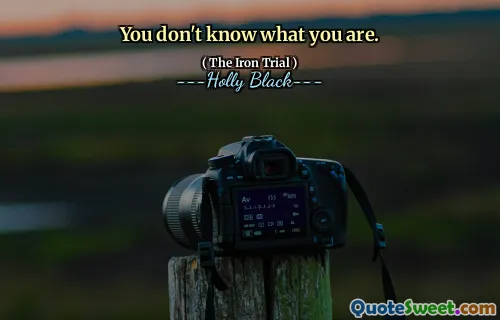She raised one hand and flexed its fingers and wondered, as she had sometimes before, how this thing, this machine for gripping, this fleshy spider on the end of her arm, came to be hers, entirely at her command. Or did it have some little life of its own? She bent her finger and straightened it. The mystery was in the instant before it moved, the dividing moment between not moving and moving, when her intention took effect. It was like a wave breaking. If she could only find herself at the crest, she thought, she might find the secret of herself, that part of her that was really in charge.
The protagonist reflects on the nature of her hand, pondering the relationship between her consciousness and her physical body. She considers her hand as a complex mechanism, yet questions whether it possesses any autonomy. The act of moving her fingers becomes a point of fascination, highlighting the transition from thought to action. This moment of intention is likened to a wave, emphasizing the fluidity and connection between desire and movement.
Moreover, she seeks to understand the essence of her being, aiming to discover the core part of herself that exerts control over her actions. This exploration of self-awareness reveals deeper themes of autonomy and the interplay between thought and physicality, portraying the hand as a symbol of her identity and command over her existence.





